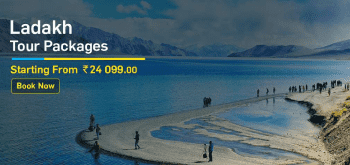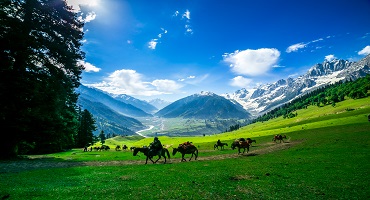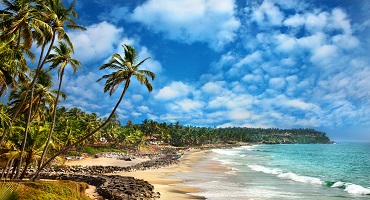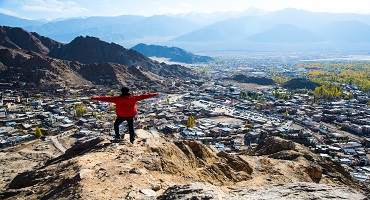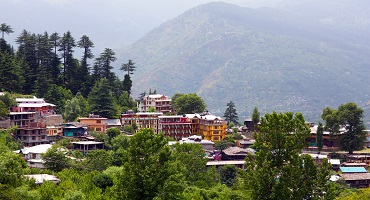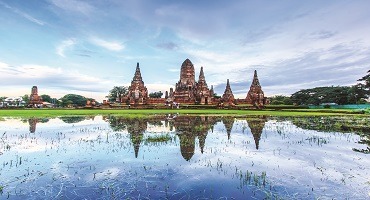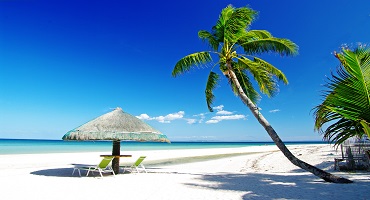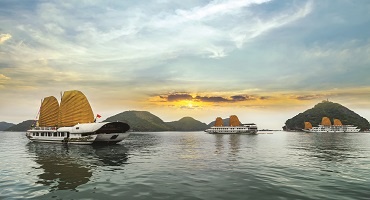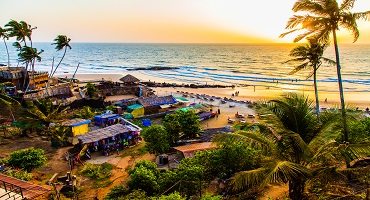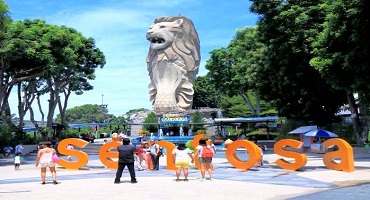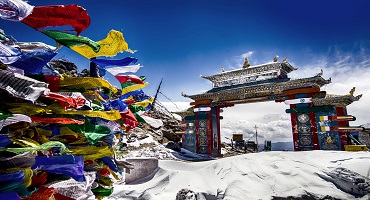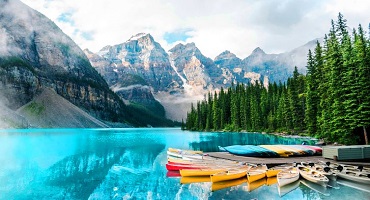Tamil Nadu: Blessed with beauty and culture
The eleventh largest Indian state by area, Tamil Nadu has been shaped by centuries of dynasties who are regarded as some of the finest rulers. Tamilians are as passionate about their politics as their film stars and many of the latter have embraced the profession of the former.
For leisure travelers, Tamil Nadu tourism is designed to thrill, engage and pamper. Its ancient temples with rock-cut architecture whisper stories in stone. Its fertile coastline breathes life into the places it fringes. Its vibrant art and culture scene are celebrated with fervor and have graced global shores with wide acclaim. One thing is for sure, anyone who visits this graceful state will want to return for more.
| Tamil Nadu: A Quick View of the state |
| Capital |
Chennai |
| Official Language |
Tamil |
| Dial Code |
044 |
| Population |
8.0886 crores (as of 2018) |
| Currency |
Indian Rupee (INR) |
| Time Zone |
UTC+05:30 (IST) |
| Area |
1,30,058 square km |
Highlights of Tamil Nadu: things to see and do
Tamil Nadu’s diverse geographical beauty offers travelers a plethora of choices from verdant forests inhabited by abundant wildlife, to large mountain ranges that house vantage hill resorts, to scenic beaches. The state also offers a large repository of historical, cultural and artistic attractions thanks to the legacies of each of its ruling dynasties.
Temples
The "Land of Temples" has over 30,000 temples which pay homage to various deities like Ganesha, Murugan, Shiva, of which a few are UNESCO World Heritage Sites. Some of the most popular places to visit are:
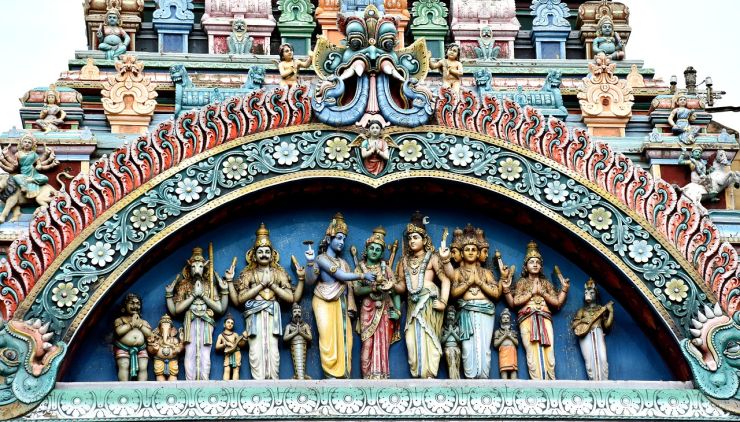
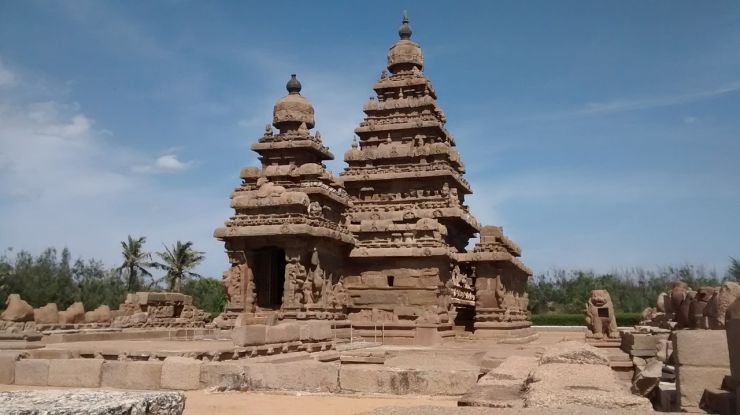
- Kumari Amman (Kanyakumari)
- Thillai Nataraja (Chidambaram)
- Sripuram Golden Temple (Vellore)
Each of these temples dates back centuries, as far as 200 AD, and are works of art by themselves. What is interesting to note is the history or story that led to the establishment of the place of worship.
Wildlife
With five national parks and 17 sanctuaries, you can imagine the bio-diversity of this state. For those of you who love being in the wild, makes sure these sanctuaries top your list of places to go in Tamil Nadu:
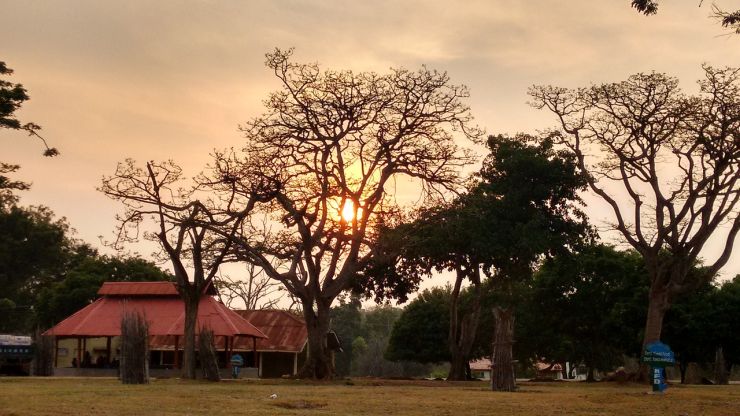
- Annamalai / Indira Gandhi Wildlife Sanctuary (near Coimbatore)
- Vedanthangal Bird Sanctuary (Near Mahabalipuram)
- Kalakkad Mundanthurai Tiger Reserve (Near Tirunelveli)
Tamil Nadu is also included in the International Network of Biosphere Reserves, which facilitates international recognition and additional funding.
Hills
For a country that experiences such heat, the hills provide cool respite for those looking for a breath of fresh air. Here are some popular as well as lesser known places to visit in Tamil Nadu:
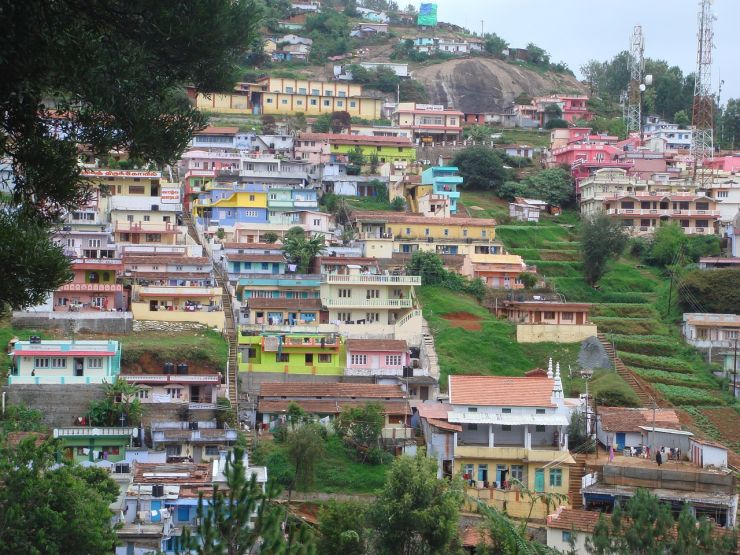
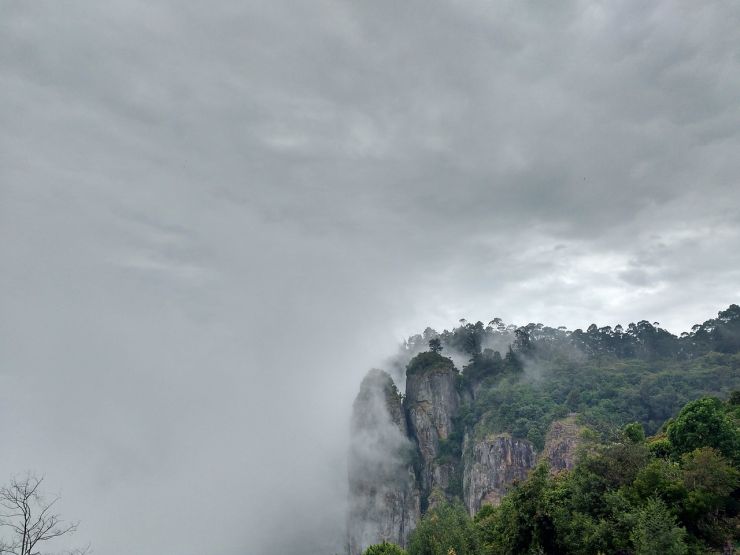
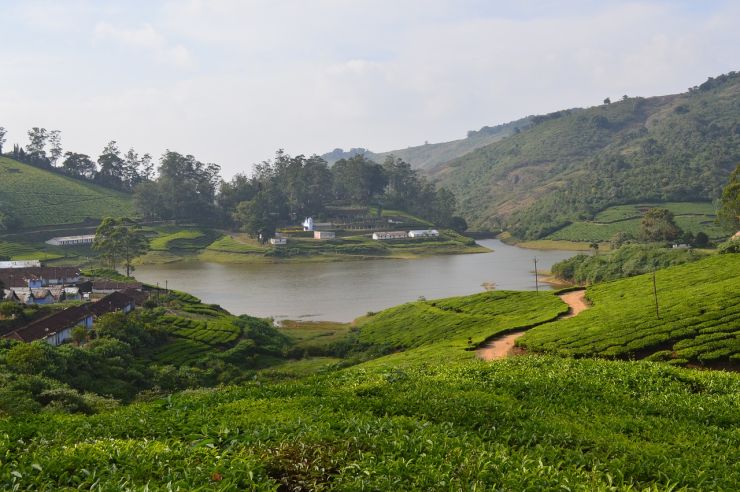
Art & Culture
Tamil Nadu is known for its rich cultural heritage which includes music, dance, film, literature and architecture. Be sure to attend a dance recital of one of its popular dance forms which originated there - Bharatanatyam. The state has also given birth to legendary musicians like Ilayaraja and his disciple, A R Rahman, who needs no introduction.
The state is also famous for its woodwork décor pieces, curios and Tanjore art paintings.
Festivals
While Pongal is the most popular festival in Tamil Nadu, other festivities you must experience are the Thiruvaiyaru Festival and the Natyanjali Dance Festival. Tamilians celebrate their dance with as much passion and respect as their religious rituals and this famous festival in Tamil Nadu is best celebrated in the Nataraja temple, Chidambaram.
Interesting facts about Tamil Nadu
- After Latin, Tamil is the oldest living language in the world. The difference is, Tamil is still being spoken.
- Tamilians initiated the banking system including the credit and debit system.
- Tamil is a language with many variations and is spoken differently across the region.
- Chicken 65, a popular dish was first introduced by a hotel in Chennai.
- Chennai has the first and oldest bookshop in India – Higgin Bothams.
- Snooker was first invented over a century ago at the Ootacamund Club in Ooty.
- The maximum number of organ donors come from Tamil Nadu.
- The state has the maximum number of flowering plants in the country - 410 species.
- Tamil Nadu has never been ruled by any nationalist party.
Location
Tamil Nadu shares its border with the union territory of Puducherry (Pondicherry) and the states of Kerala, Karnataka and Andhra Pradesh. Its location at the southernmost part of the Indian subcontinent makes it a viable destination to reach Kanyakumari, where one can witness the unique confluence of the Arabian Sea, the Bay of Bengal, and the Indian Ocean.
Tamil Nadu boasts the country's third longest coastline at about 940 km. Apart from playing host to scenic beaches like Marina Beach, Mahabalipuram and Poompuhar, it was also a part of the ancient silk route and played an important role in spice trade with the Roman and Greek empires.
Marina Beach has been voted the longest natural urban beach in the country [13 km] and the world's second longest.
Click here to view Tamil Nadu on Google Map
Timings: when you should visit
Like any tropical country, the best time to visit Tamil Nadu is during the winter months from November to March. Summers are sweltering with temperatures climbing up to 40 deg C. During these times, the high humidity makes it even more unbearable, especially in the coastal areas.
Tamil Nadu has two periods of rainfall – from June to September and October to December. While the monsoons reduce temperatures to more comfortable levels, water logging tends to occur in certain areas which could restrict mobility.
How to get to Tamil Nadu
By flight - The major cities – Chennai, Madurai, Coimbatore and Tiruchirapalli – are well connected with most parts of the country through frequent flights. Chennai receives flights from major destinations around the world.
By rail - Tamil Nadu has a good railway network with most parts of India and within the state too. Other important rail junctions include Madurai, Tiruchirapalli, Salem, and Coimbatore.
By road - You can drive down from the neighbouring Southern states. There are also private and government bus operators who ply inter and intra state.
History: a legacy of dynasties
Tamil Nadu’s history dates to 6000 years and can be broadly divided into Ancient, Medieval and Modern. The years have witnessed the prolific and progressive influences of various dynasties such as the Cholas, Pallavas and Pandyas, including a brief ruling by Mughal invaders in the 14th century. The Mughals were overturned by the Vijayanagara Empire which merged Tamil Nadu with them.
Then came the British in the 18th century. Under the British colonial rule, most of south India was integrated into a region called Madras Presidency. When India gained its independence in 1947, Madras Presidency became Madras State, comprising present-day Tamil Nadu, coastal Andhra Pradesh up to Ganjam district in Odisha, South Canara district Karnataka, and parts of Kerala. It was split up according to linguistics in 1969 and renamed Tamil Nadu, with Madras as its capital city. Madras was renamed to Chennai in 1996.
There is a viewpoint, however, that subscribes to the Aryan Invasion theory. It believes that Tamilians belonged to the Dravidian race and were part of the early Indus Valley civilization. The advent of the Aryans pushed them further down south which became their destination.








